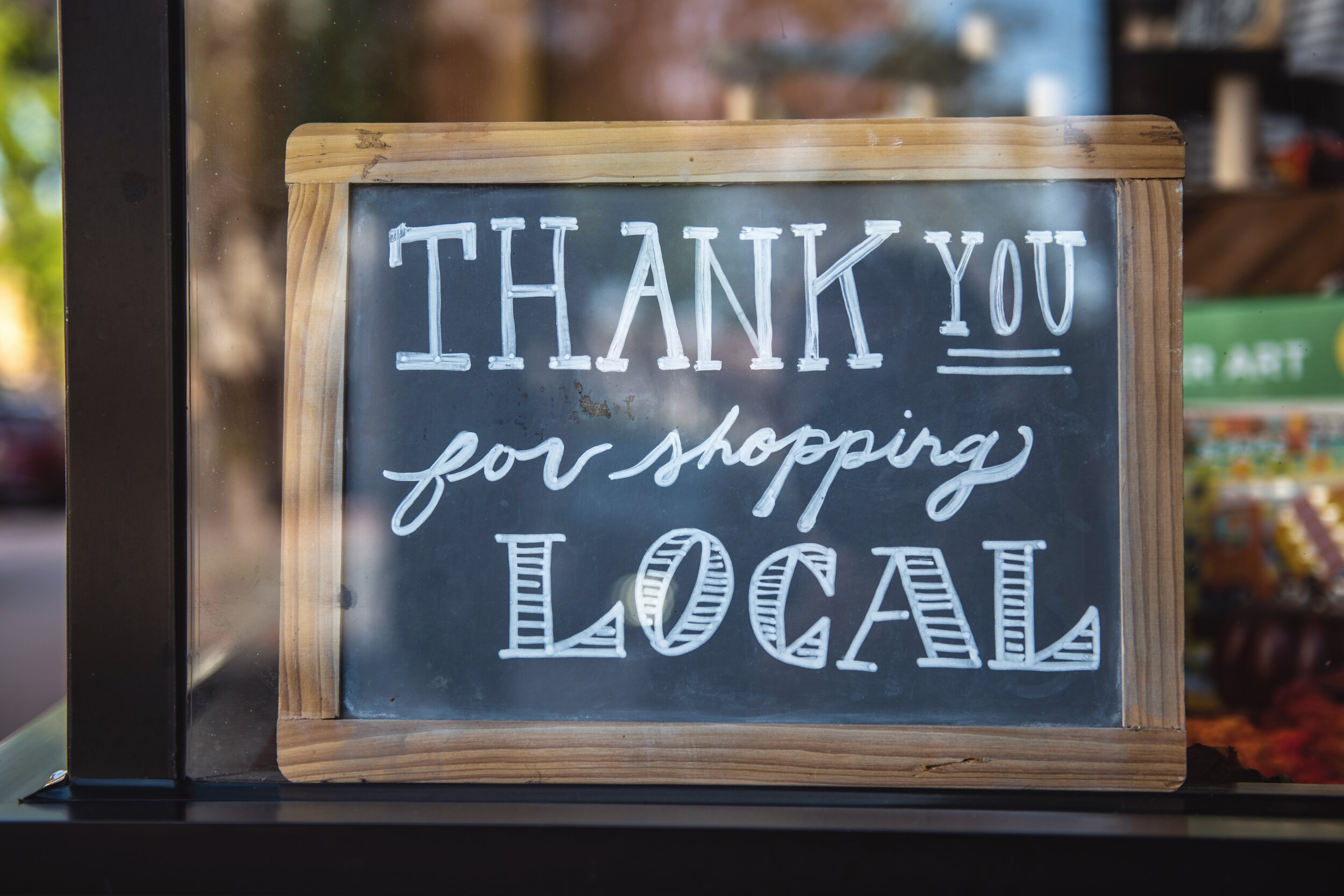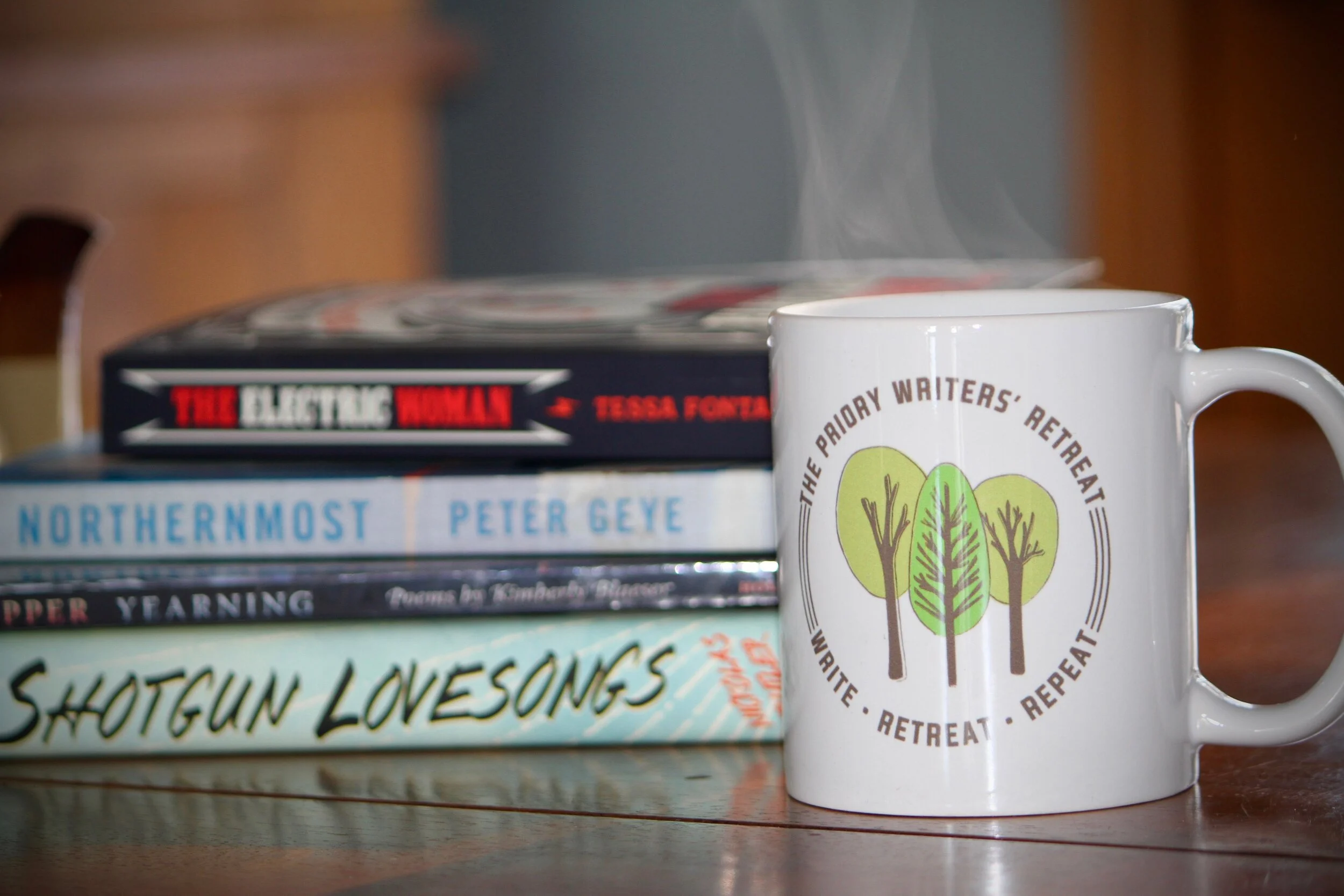Teri Holford
Hope is the thing just beyond reach.
The smoky shape of desire,
Hanging low, we must stretch our arms,
And believe.
Hope is the thing we could call crabgrass.
Stubborn, persistent, resistant.
Despite all odds, the seed buried deep beneath the cold death of pavement,
It finds the will to generate towards the light it knows is there,
And shows us the way to the first yellow brick.
Hope is the thing we understand the least.
But strangely, it’s the thing we never forget.
Our common bond, our collective humanity.
Polyglot, it speaks all languages,
And flies under the radar of translation, interpretation, conjugation.
Hope is the thing that fills balconies with song.
The audacity to fling open the shutters,
Fill its lungs with expression,
And share freely, wildly, a song for the universe
Sounds with wings that infiltrate shadows and narrow passageways.
Hope is the thing that promises tomorrow.
It flies in the face of containment.
Skirting definition, boundaries, and rules.
It knows nothing of formulas, codes, order, or tyranny.
Like the sun, it shines for everyone.
Hope is the thing that knows.
It knows before we do.
And never fails. But never is a big word. A dangerous word.
Because never sometimes comes calling.
And when it does, we close our eyes,
And accept that hope knows.
What is best.
Hope is the thing that grows into wisdom.
It spares no one.
When we feel that Hope has betrayed us,
Left us abandoned, treading in our sea of despair,
It unsparingly gives.
A sliver of something, the sound of a whisper, a wink that flirts.
Because it knows.
Not necessarily what we think we know.
Or what we want to know.
When the dice have been cast,
And all seems lost,
Hope is generous.
Gently, prodding our emptiness towards renewal,
healing,
And reconciliation.
Without despair, truly, what then is hope?
Words are a big deal to me. They are the flip side of the coin that they share with visuals. Both are wonderful because they co-exist in a delicious way and play together to create some sensational art. I am an academic librarian during the day and when I get home, I play with words and images. Writing for me is more about presence than product. Maybe someday I’ll finish one of my many projects. In the meantime, words have powerful creative potential and they give me infinite pleasure.


























